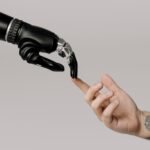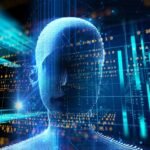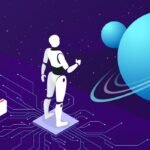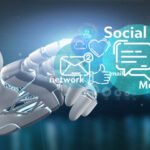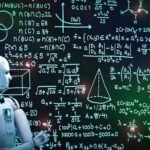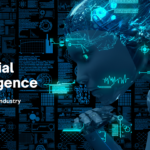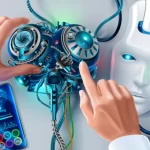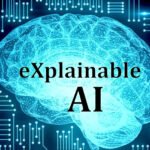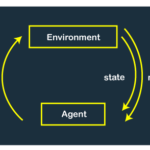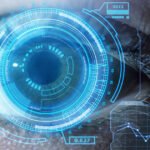AI in Dental Care: AI-assisted diagnostics and treatment planning in dentistry.
The field of dentistry is embracing the power of Artificial Intelligence (AI) to revolutionize the way oral health is assessed and treated. From AI-assisted diagnostics to personalized treatment planning, AI technologies are enhancing the accuracy, efficiency, and quality of dental care. In this blog, we’ll explore the transformative impact of AI in dental care and delve into how these innovations are shaping the future of oral health.
AI-Driven Diagnostics
Accurate diagnosis is the foundation of effective dental treatment. AI is significantly enhancing diagnostic capabilities by analyzing dental images and patient data. AI algorithms can identify and highlight anomalies in X-rays, scans, and images, enabling dentists to detect issues such as cavities, fractures, and gum disease at an early stage. This early detection improves treatment outcomes and prevents the progression of oral health problems.
Precise Treatment Planning
Once a diagnosis is made, AI can assist in creating personalized treatment plans. By analyzing patient history, radiographs, and clinical data, AI algorithms can recommend the most suitable treatment options for each individual. These recommendations take into account factors like the severity of the condition, patient preferences, and potential outcomes, allowing dentists to provide patient-centered care.
Virtual Treatment Simulations
AI-powered virtual simulations are transforming the way patients visualize their treatment journey. Patients can see the potential results of different procedures, helping them make informed decisions about their oral health. For example, virtual simulations can show how orthodontic treatments will affect tooth alignment or how dental implants will enhance their smile.
Enhanced Patient Communication
AI is improving patient engagement and communication in dental care. Chatbots and virtual assistants can provide patients with information about procedures, aftercare instructions, and appointment reminders. These AI-powered tools streamline communication, ensuring that patients have the information they need to maintain their oral health.
Predictive Analytics and Preventive Care
AI algorithms can analyze patient data to predict oral health trends and risks. This information empowers dentists to provide proactive preventive care recommendations. For instance, AI can identify patients at a higher risk of developing cavities and suggest personalized oral hygiene practices to mitigate those risks.
Challenges and Ethical Considerations
While AI offers numerous benefits to dental care, ethical considerations and challenges must be addressed. Patient data privacy, algorithm transparency, and maintaining a balance between AI assistance and human expertise are critical issues that need careful attention.
Future Prospects
The potential of AI in dental care is still evolving. As AI algorithms become more sophisticated, they may offer real-time guidance to dentists during procedures, improving precision and reducing the margin of error. Additionally, advancements in AI-powered dental robotics could lead to automated and highly precise dental procedures.
















